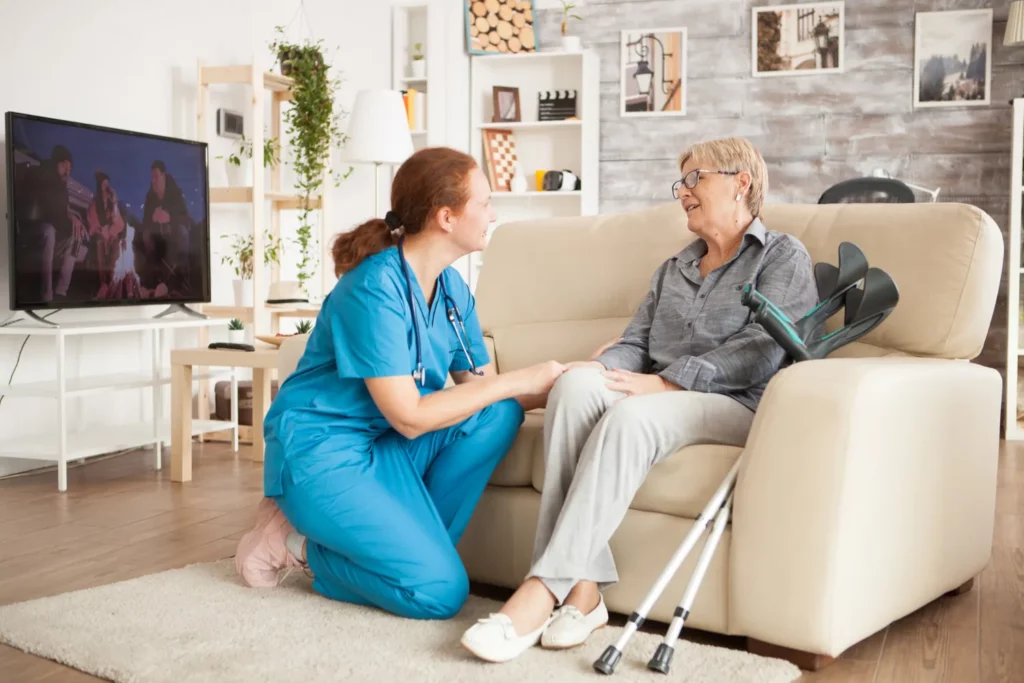
For home health patients and their families, emergency preparedness is a critical component of avoiding costly medical bills, injury due to delays in care and patient safety. There are a few key steps in planning and preparing for different types of medical emergencies that all home health patients should take.
Gather an Emergency Kit
Ideally, each home health patient should gather essential items needed in case of a medical emergency. Essentials differences will depend on the individual’s medical conditions but should include items such as a first-aid kit and any emergency medication that a patient takes on a daily basis. Additionally, patients should carry or keep close items such as their photo identification, insurance information, emergency contact numbers, list of medications, hospital preferences, and a list of medical conditions. All of these items should be placed in the patient’s emergency kit, as well as any other information that the health care provider of patient may deem important. Patients should also include in the kit any necessary medical aides, such as an oxygen tank.
Practice Health Safety
For emergency preparedness, it is also important for home health patients to practice health safety at all times. This includes following all diet and exercise plans that have been prescribed by the health care provider. Additionally, patients should practice standard hygiene measures, take any daily medication as prescribed, and wear a medical alert bracelet or necklace if need be, to alert bystanders of key medical conditions or allergies. Additionally, patients should routinely check all medical equipment that is used to monitor certain conditions.
Create a Crisis Plan
It is also important for home health patients to create a crisis plan that outlines what should be done in the event of a medical emergency. This plan should include emergency contact numbers, of both close family and health care providers, as well as specific plans of action for different types of medical emergencies. This plan should be shared with all family members and emergency contacts involved in a patient’s care and should be kept easily accessible in an emergency.
Stay Informed
In order to stay safe and prepared in the case of a medical emergency, home health patients and their families should stay informed about the latest developments in medical alert and emergency response technology. This technology includes products such as medical alert systems, mobile apps that track and monitor medical conditions, and monitoring systems that notify healthcare providers upon an emergency. Staying informed about these products can ensure that home health patients are able to take advantage of the latest technological advances in emergency preparedness.
By following the steps above, home health patients can become better equipped to deal with medical emergencies. Planning ahead is critical to avoiding delays and ensuring patient safety and security, making emergency preparedness essential for all home health patients.
